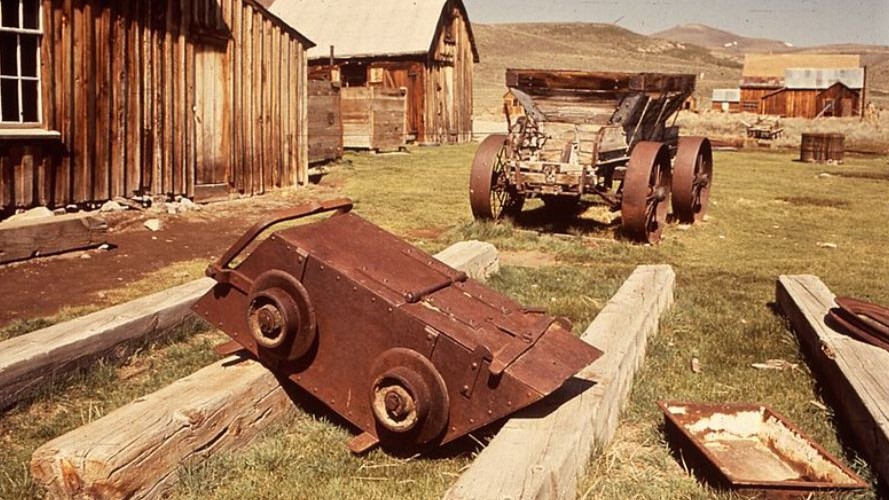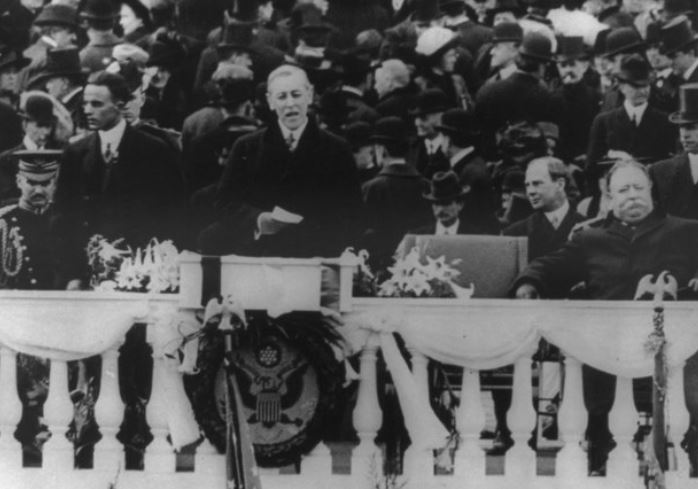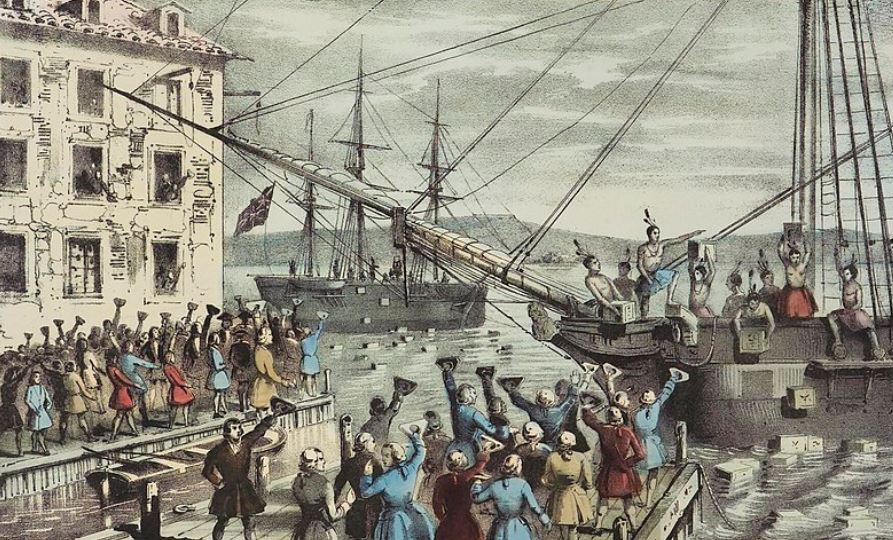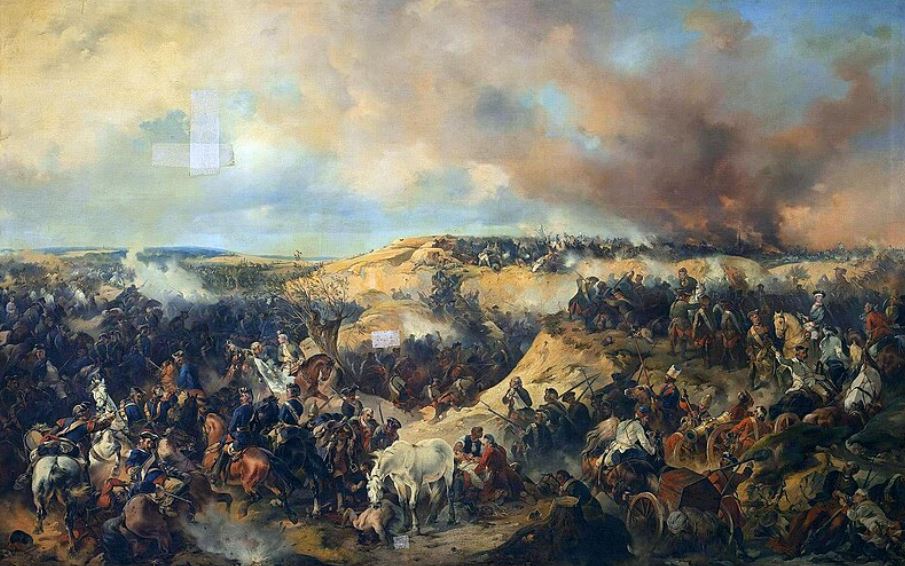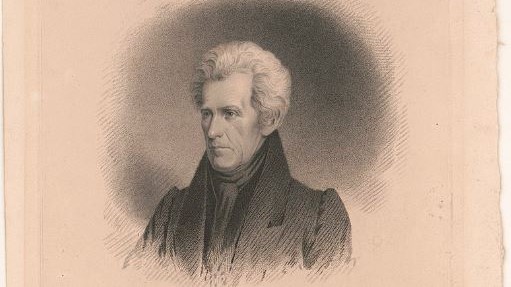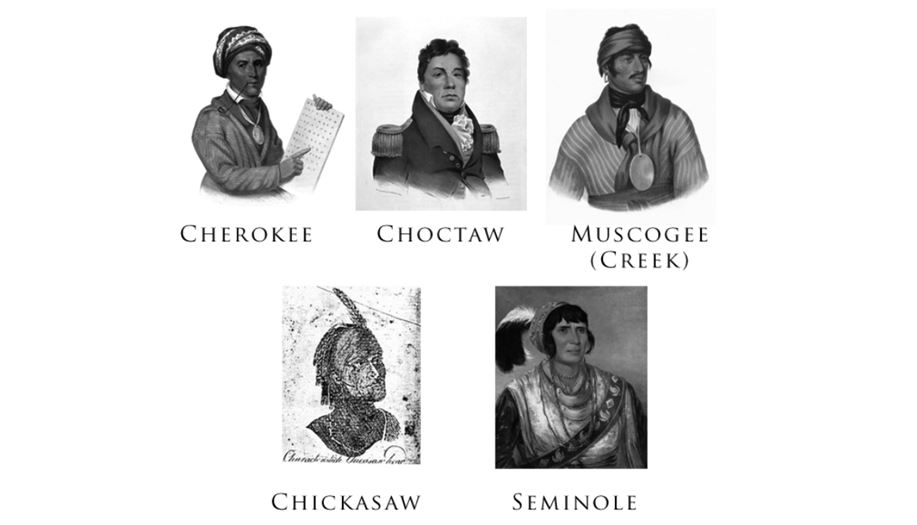The California Gold Rush, beginning in 1848, drew hundreds of thousands of speculators to California in pursuit of wealth and opportunity. This influx of people and the subsequent mining activities had a profound impact on the population, economy, and development of California and the broader American West.
However, like all booms, the Gold Rush eventually came to an end. This article explores the key factors that led to the decline of this monumental event, examining the depletion of gold deposits, the rise of corporate mining, the lure of other opportunities, and the decline of mining towns.
1. The Depletion of California’s Surface Gold Deposits
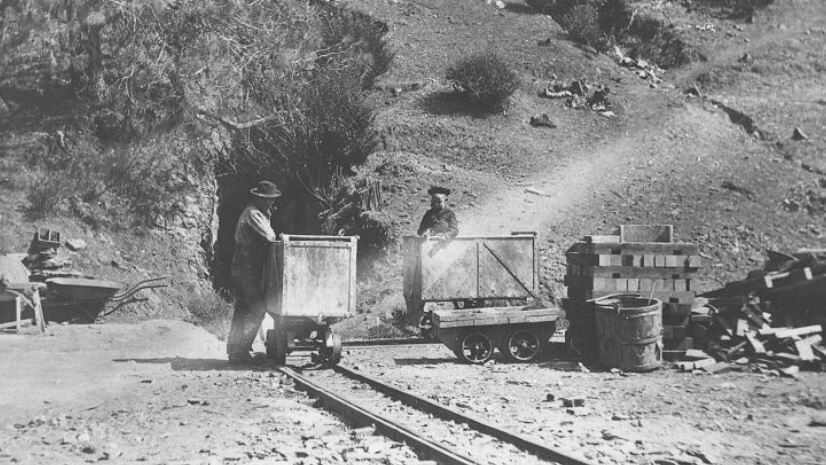
The initial gold discoveries in California were predominantly from surface deposits and shallow mines, easily accessible to the fortune seekers.
These surface deposits were known as placer gold. They were found in riverbeds and streams, making them relatively easy to extract with simple tools like pans and sluice boxes.
However, as these surface deposits were quickly exhausted, finding new sources of gold became increasingly challenging.
As the easily accessible gold dwindled, prospectors were forced to dig deeper into the earth, requiring more sophisticated and expensive mining techniques and equipment.
This shift necessitated greater investment in tools, labor, and technology, which many individual miners could not afford.
The diminishing returns and rising costs made it less profitable for individual prospectors to continue their mining endeavors.
Consequently, the number of successful, independent miners began to decline, signaling the beginning of the end for the Gold Rush as it was originally conceived.
2. The Rise of Corporate Mining Operations in California
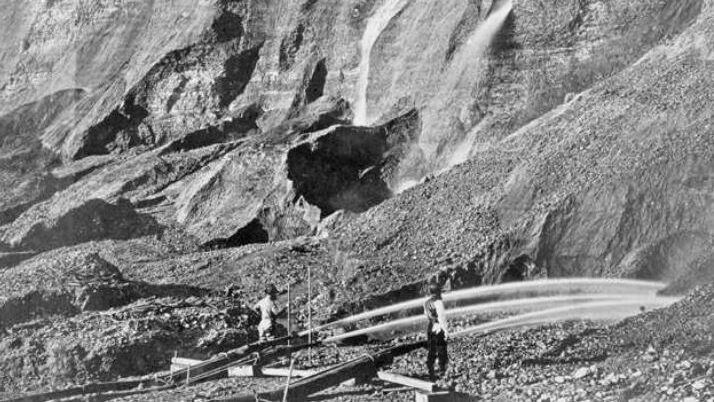
As individual prospectors struggled to find new gold deposits, large mining companies and corporations began to dominate the industry.
These entities had the financial resources to invest in expensive mining equipment and advanced techniques such as hydraulic mining and dredging.
Hydraulic mining, for instance, involved using high-pressure water jets to erode entire hillsides, washing away vast amounts of earth to uncover deeper gold deposits. This method required significant capital investment and was beyond the reach of small-scale miners.
The rise of corporate mining operations significantly altered the landscape of the Gold Rush.
These companies could extract gold more efficiently and in larger quantities than individual miners.
But their industrial methods had severe environmental consequences. Hydraulic mining, in particular, led to massive erosion, river silting, and flooding, sparking legal battles and environmental controversies.
The dominance of corporate mining operations made it increasingly difficult for individual prospectors to compete.
The shift towards industrial-scale mining marginalized many small-scale miners, who either left the industry or took up employment with the larger companies. This transition marked a pivotal change in the mining industry, contributing to the decline of the traditional California Gold Rush.
3. The Lure of Other Opportunities in California
While the Gold Rush initially drew prospectors, it also attracted a diverse array of merchants, entrepreneurs, and service providers seeking to capitalize on the booming population.
Many individuals who came to California with dreams of striking it rich in the goldfields eventually turned to other business opportunities and trades.
The rapid population growth and economic activity spurred by the California Gold Rush laid the foundation for the development of other industries in California.
Agriculture, manufacturing, and transportation emerged as significant sectors, providing alternative sources of income for those disillusioned by the diminishing returns of gold mining. The fertile land and favorable climate of California made it an ideal region for agriculture, while the growing population created demand for manufactured goods and improved transportation infrastructure.
This economic diversification reduced California’s dependence on mining. The rise of these new industries helped absorb the labor force that was gradually leaving gold mining.
4. The Depletion of Mining Towns
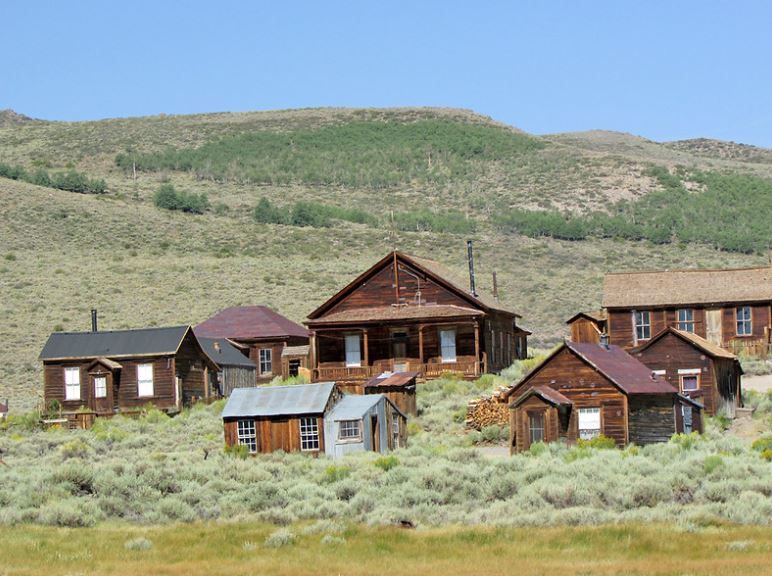
As the gold deposits dwindled and mining became less profitable, many of the mining towns and camps that had sprung up during the Gold Rush era began to decline.
These towns, which had once thrived, found themselves facing economic downturns as the available gold became scarce.
Businesses that had relied on the patronage of miners struggled to survive. This led to closures and bankruptcies.
Populations dwindled as miners and their families moved away in search of new opportunities, leaving behind abandoned buildings and infrastructure.
Many of these once-thriving communities eventually became ghost towns. They served as haunting reminders of the boom-and-bust nature of the Gold Rush.
The remnants of these towns and mining sites remain scattered across California, offering glimpses into the past and the transient nature of the Gold Rush era.
5. Final Thoughts: The End of the California Gold Rush
The end of the California Gold Rush was brought about by several interrelated factors, including the depletion of surface gold deposits, the rise of corporate mining operations, the lure of other economic opportunities, and the decline of mining towns.
While the Gold Rush era was brief, its impact on the development of California and the American West was profound and enduring.
The Gold Rush catalyzed significant population growth, economic diversification, and infrastructural development, laying the groundwork for California’s transformation into a major economic powerhouse.
Despite its eventual decline, the legacy of the Gold Rush continues to be felt today, shaping the state’s identity and history.
Understanding the factors that led to the end of the Gold Rush serves as a reminder of the cyclical nature of economic booms and the importance of diversification and adaptation.
Further Reading
I hope you have found this blog post about What Ended the Gold Rush in California? interesting. To find out more about the California Gold Rush and other expansions of the United States, read here:
- Did the Spanish Find Gold in California?
- How Many People Died in the California Gold Rush?
- Who benefited the most from the California Gold Rush?
- When Did Spain Lose California?
- Why Didn’t the United States Take All of Mexico?
- What US States Used to be Mexico?
- Why did Britain want Texas Independent?
You may also enjoy these articles exploring American history:

